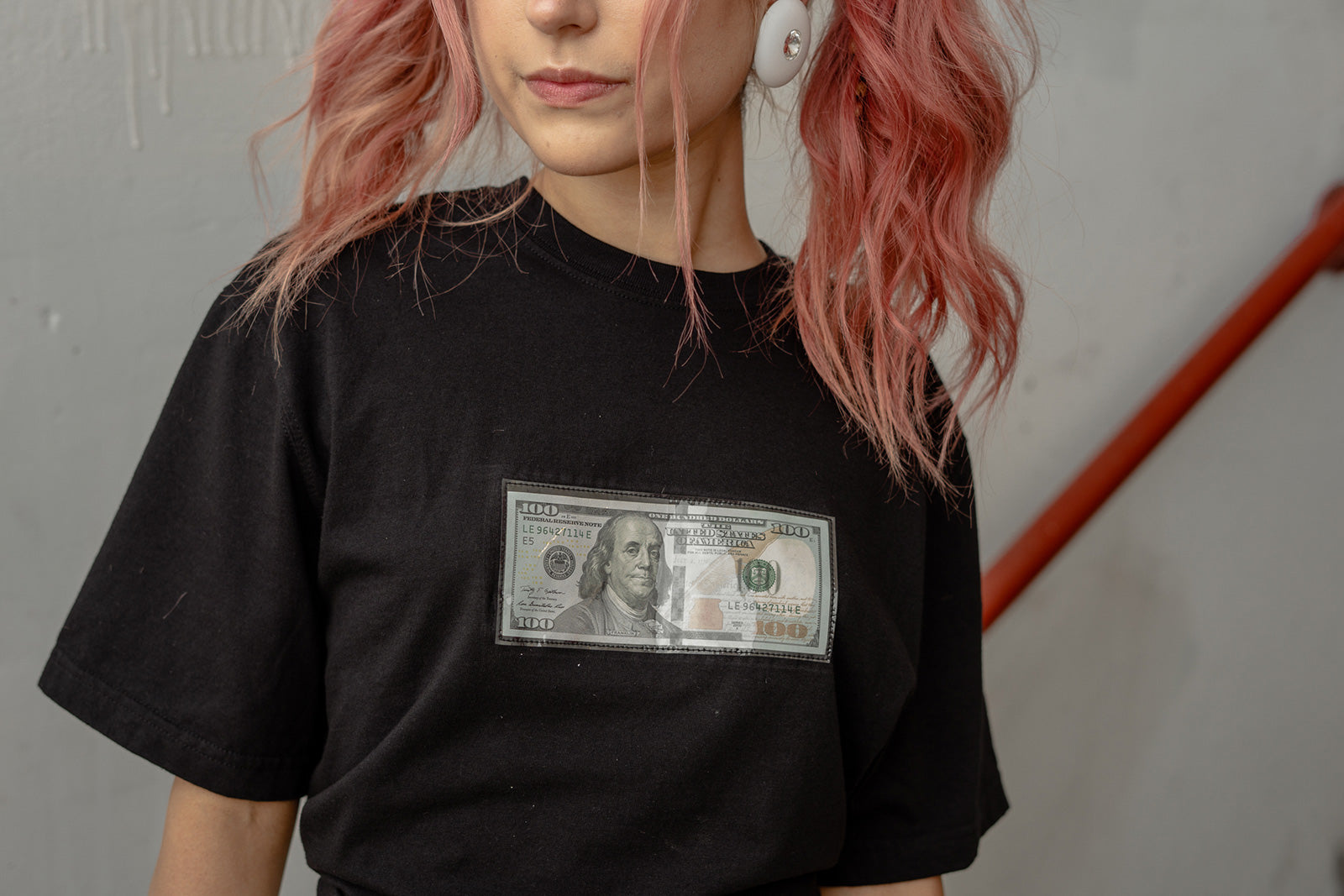Due to holiday closure, orders placed between December 22 - January 2 will not ship until January 5.
Due to holiday closure, orders placed between December 22 - January 2 will not ship until January 5.
Add description, images, menus and links to your mega menu
A column with no settings can be used as a spacer
Link to your collections, sales and even external links
Add up to five columns
Add description, images, menus and links to your mega menu
A column with no settings can be used as a spacer
Link to your collections, sales and even external links
Add up to five columns

The Difference Between a $10 vs. $100 T-shirt
May 29, 2019 4 min read
Quality
You also want to look at the ‘hand’. This is a term that speaks to the feel of the fabric. Does the fabric have a nice hand? Is it soft? What is the fabric made from? Generally high quality natural fabrics are expensive. They also allow the body to breath more naturally, and create less emissions during their production process. Not only will your skin thank you for choosing natural fibres, but the environment will as well.
Next review any embellishments, prints, or appliqués. Do they seem to be attached properly? Will they stay adhered to the clothing over time? Are they plastic-like and cheap looking? This is a more difficult avenue to look at. However, after some practice & effort, you will be able to identify good-quality over poor in no time.
Cheap Clothing Isn’t Really Cheap
- Do I really need this?
- Am I purchasing this impulsively?
- Will this only end up in the garbage, further contributing to the contamination of our planet?
- How was this product made so cheap?
- If it’s Made in China and was shipped all the way to the destination where I’ve purchased it, how much were the people making it paid?
- Is it made out of bad quality fabrics which have released carbon-monoxide, or other harmful chemicals into the atmosphere?





